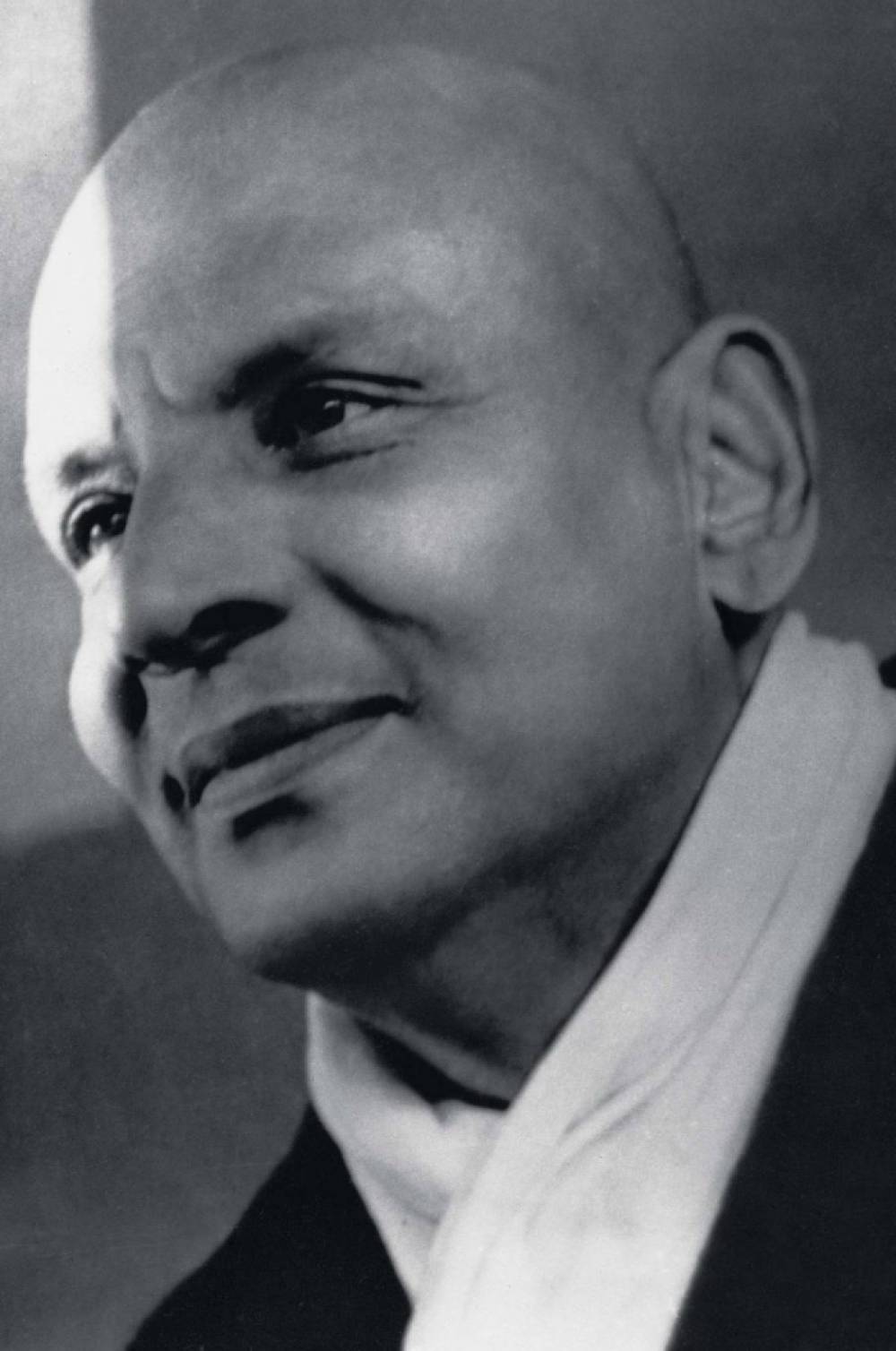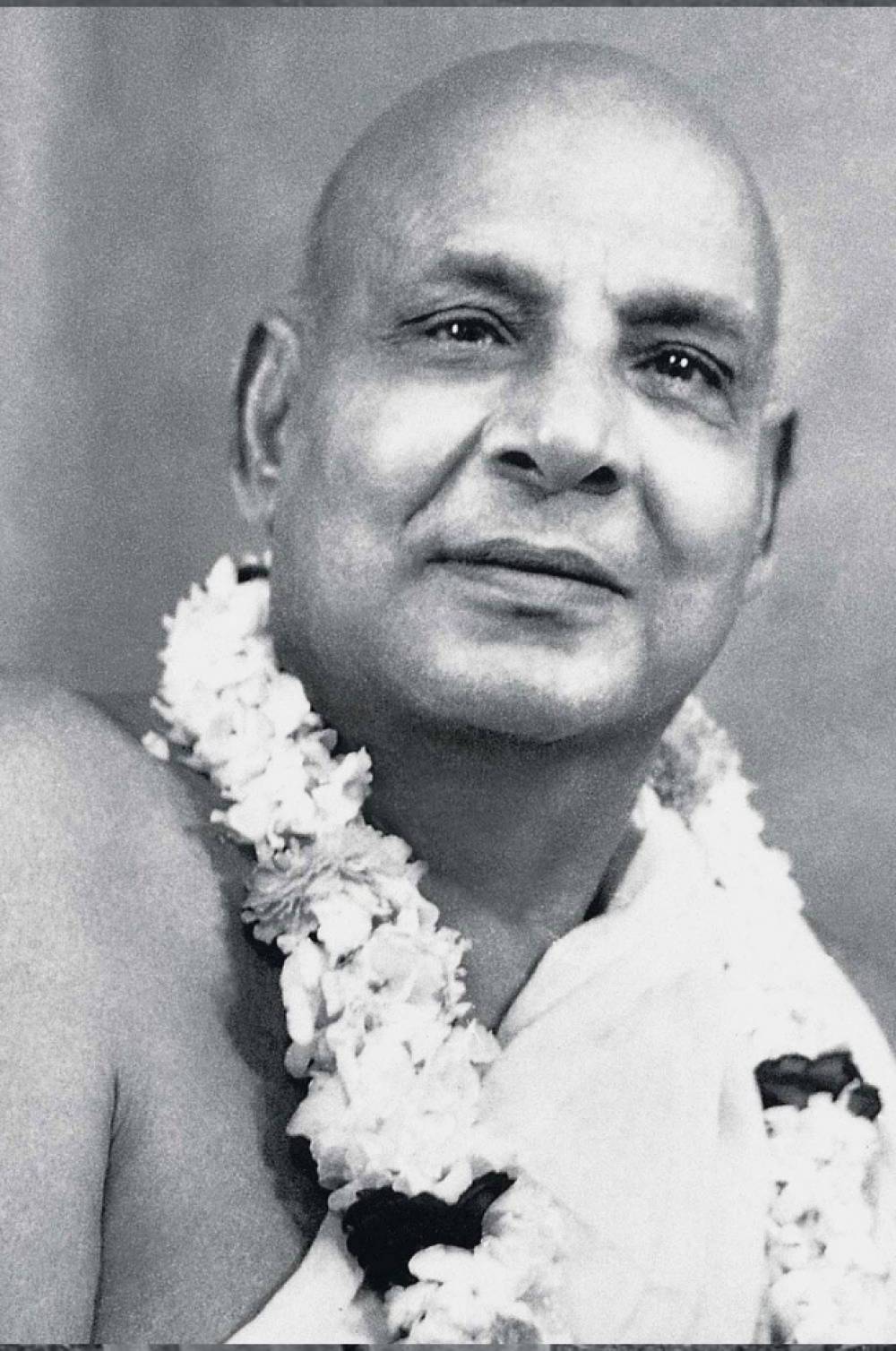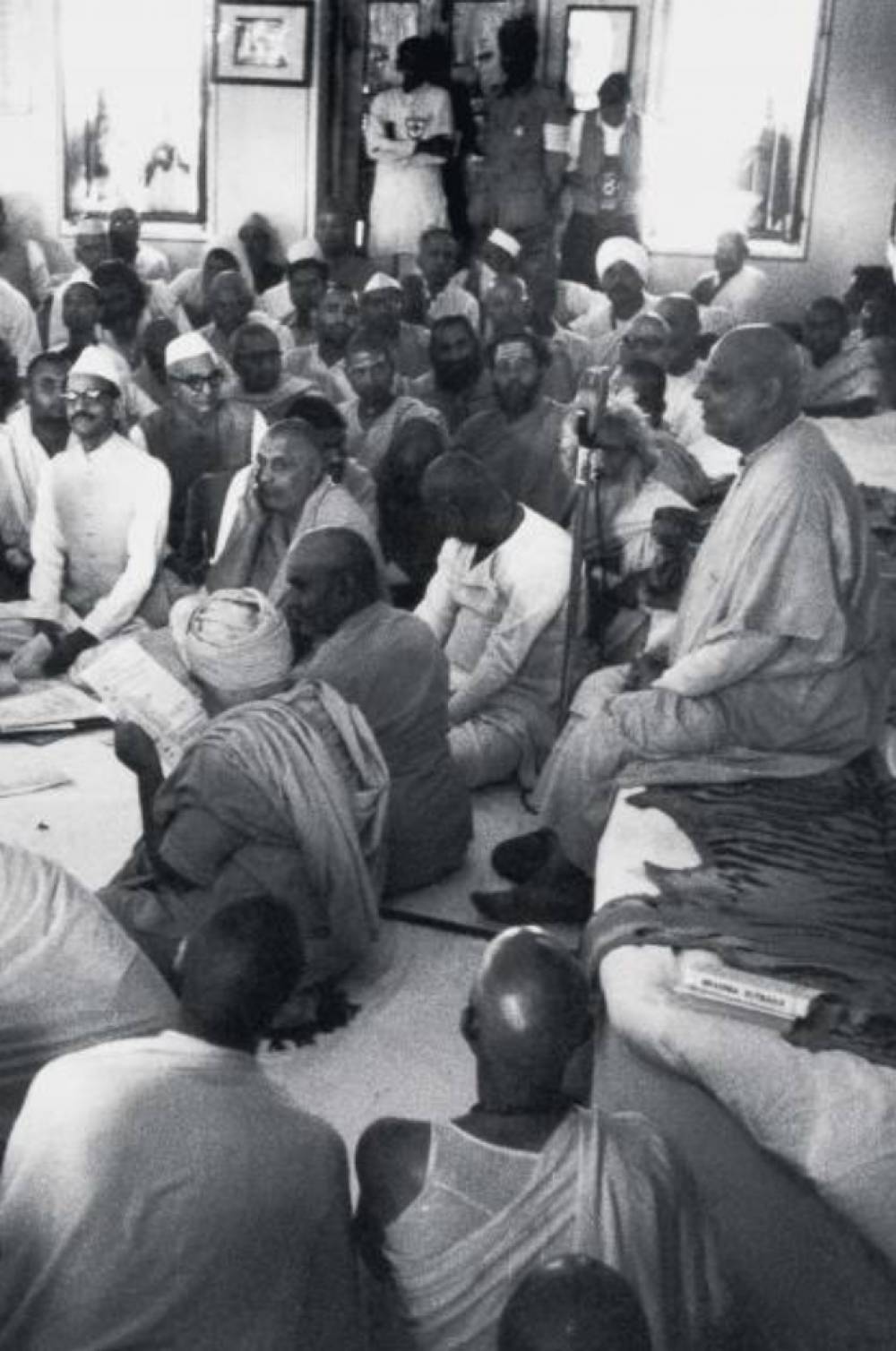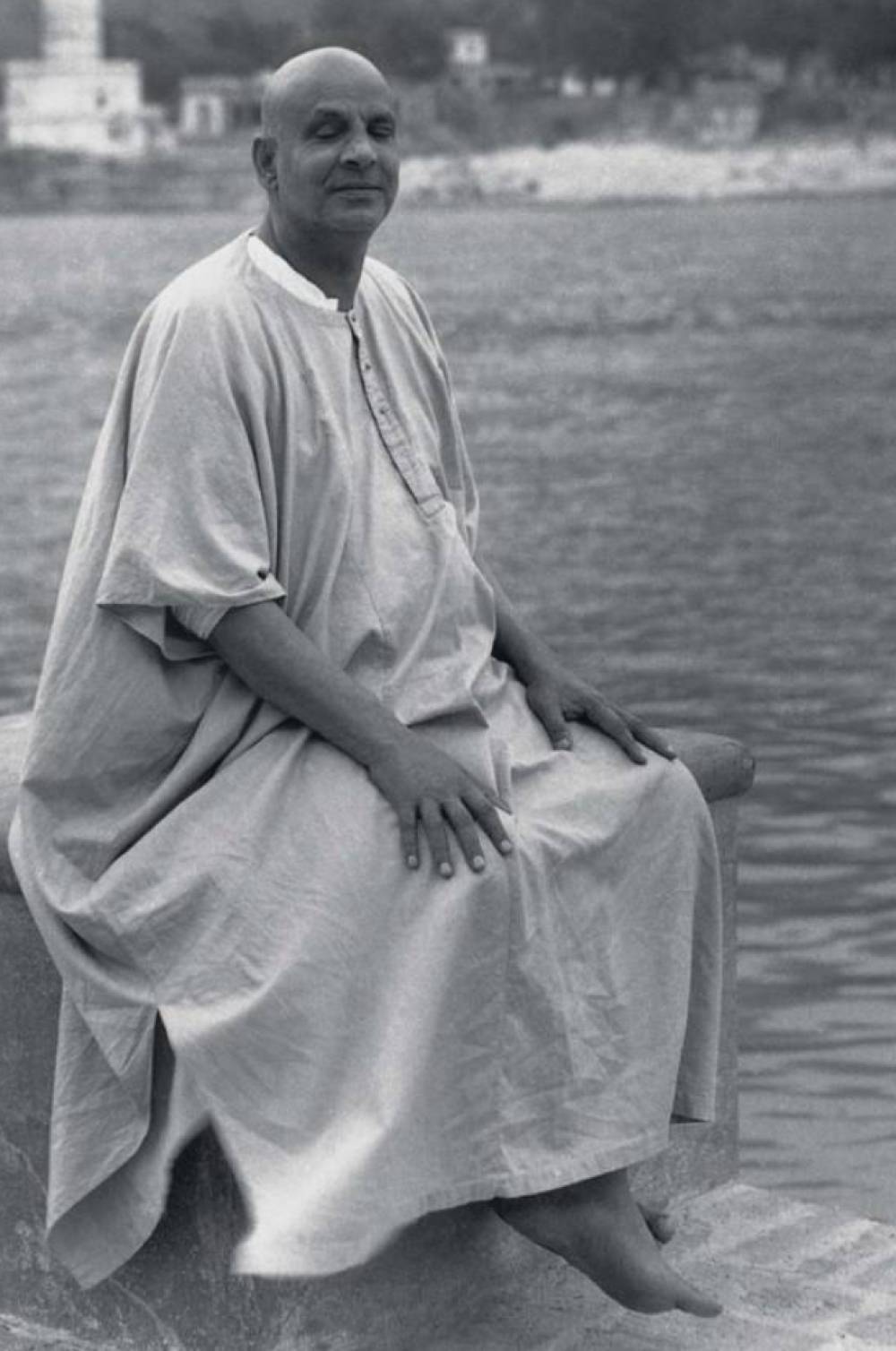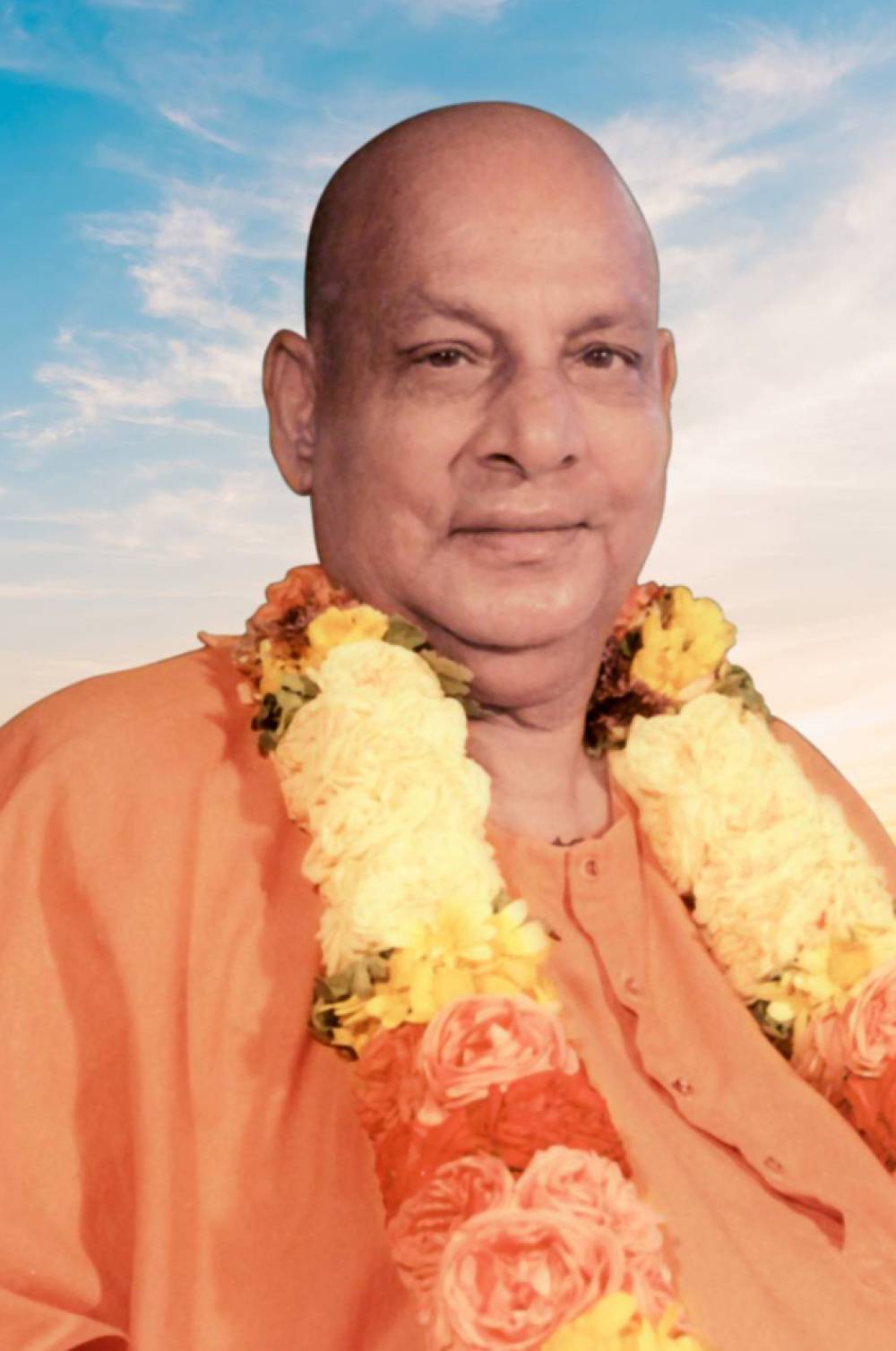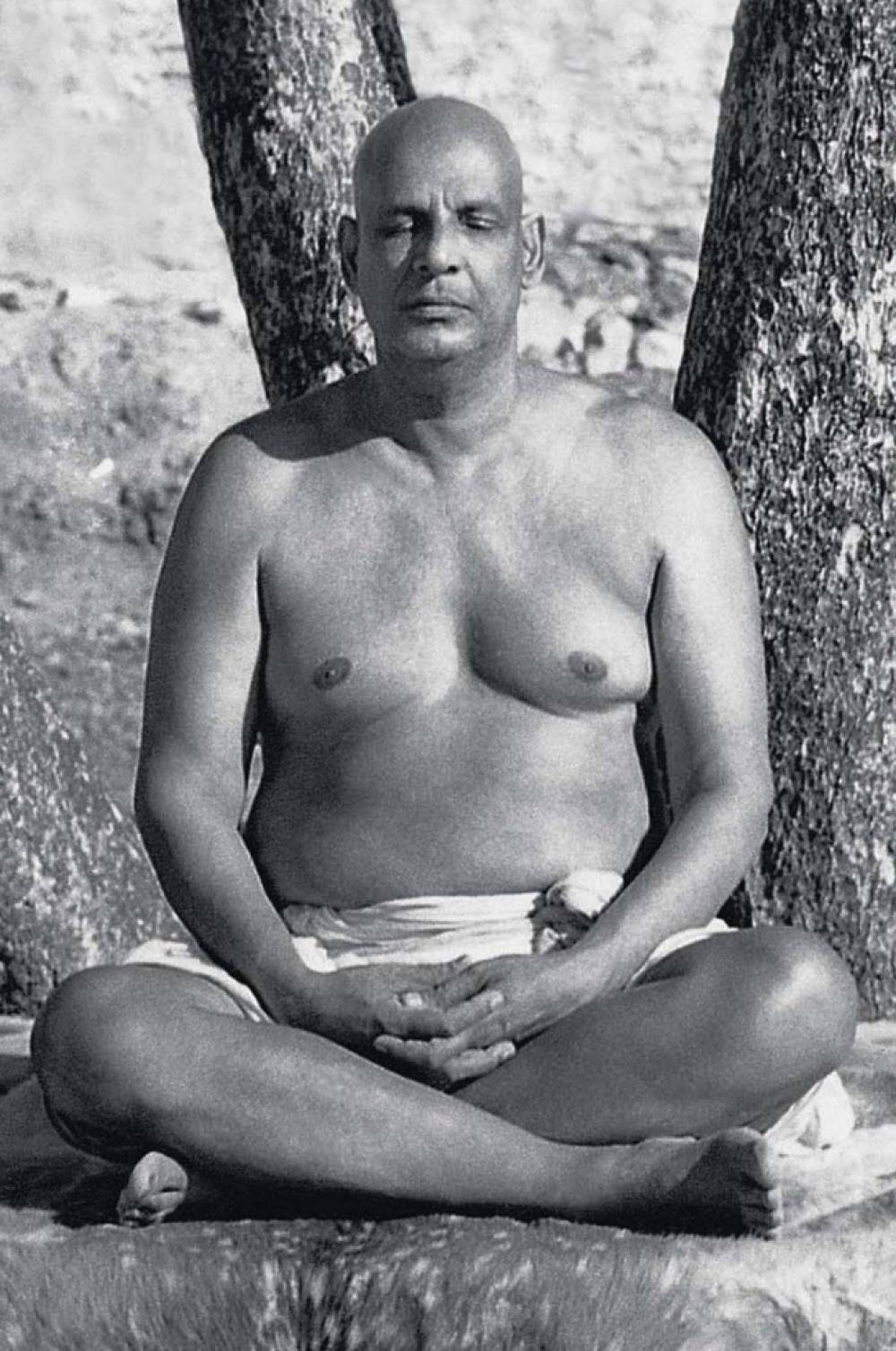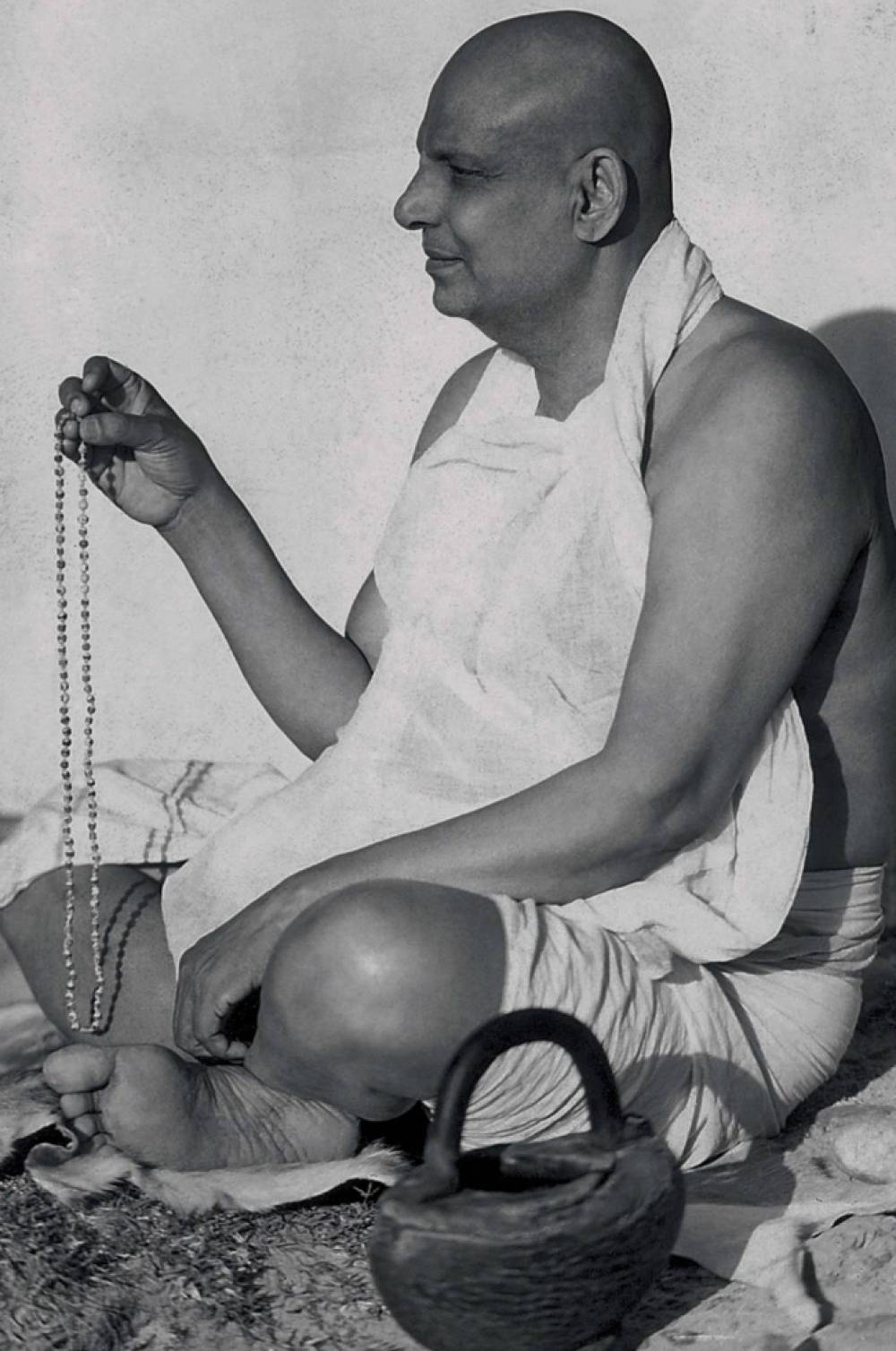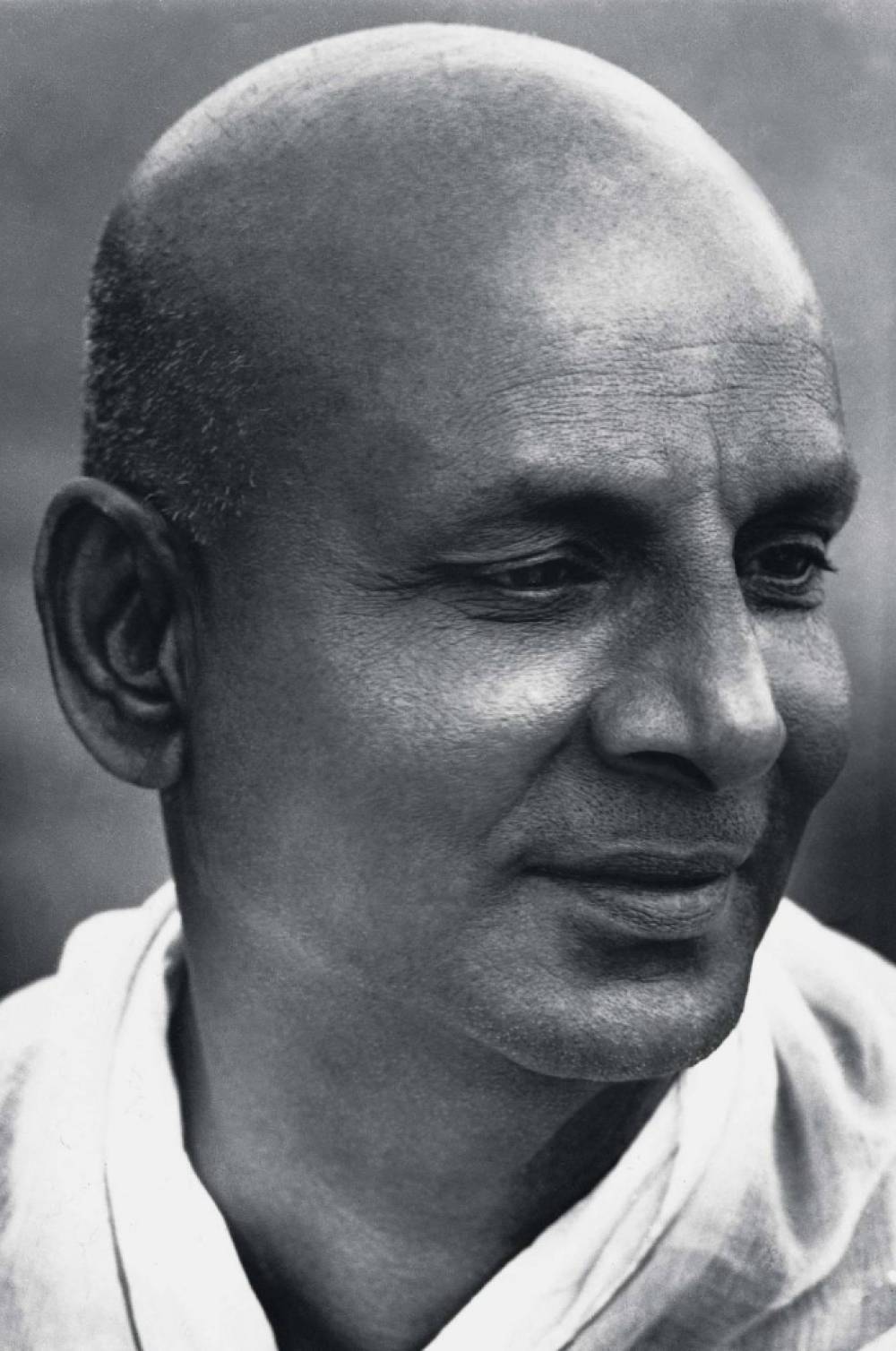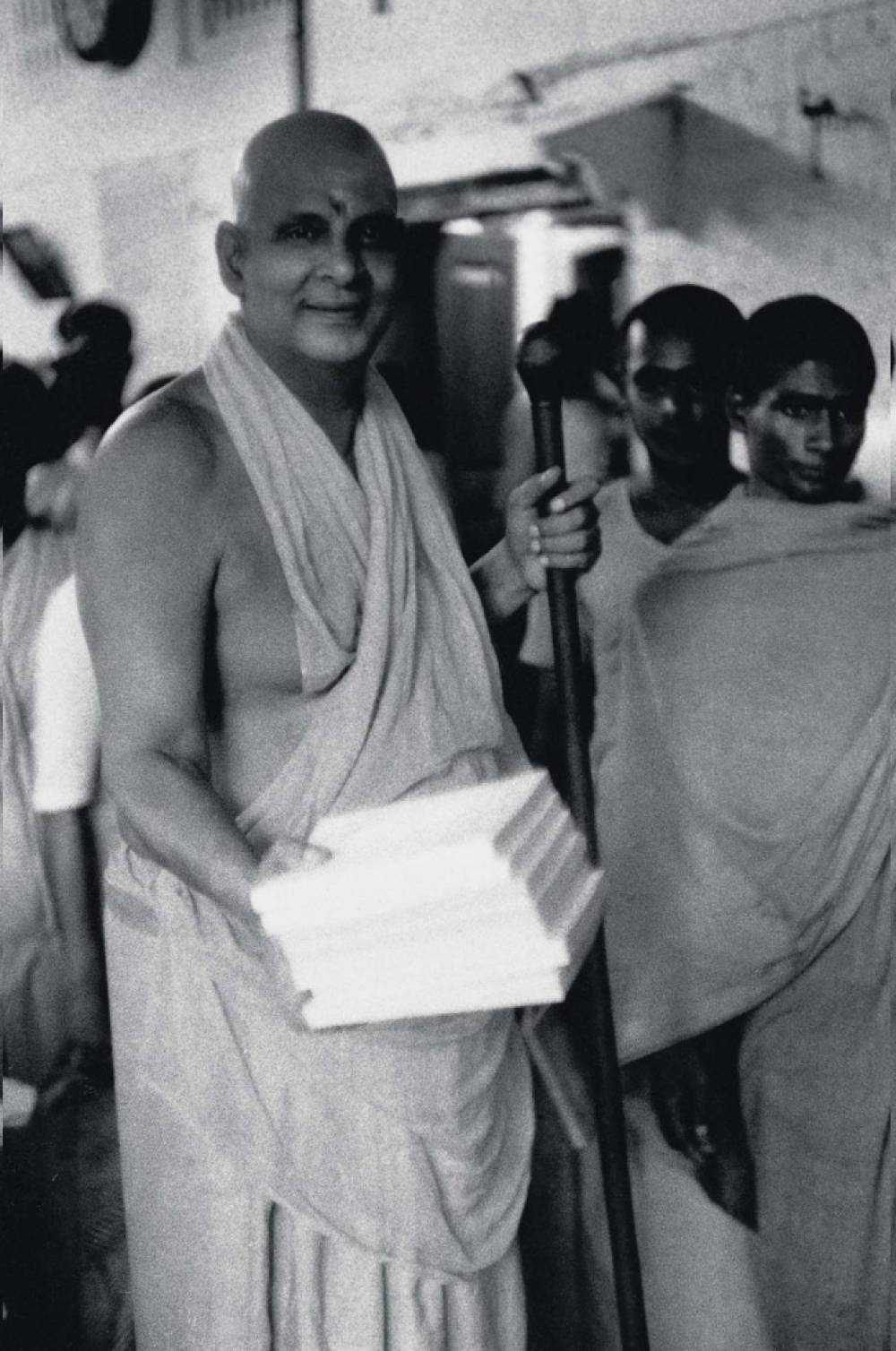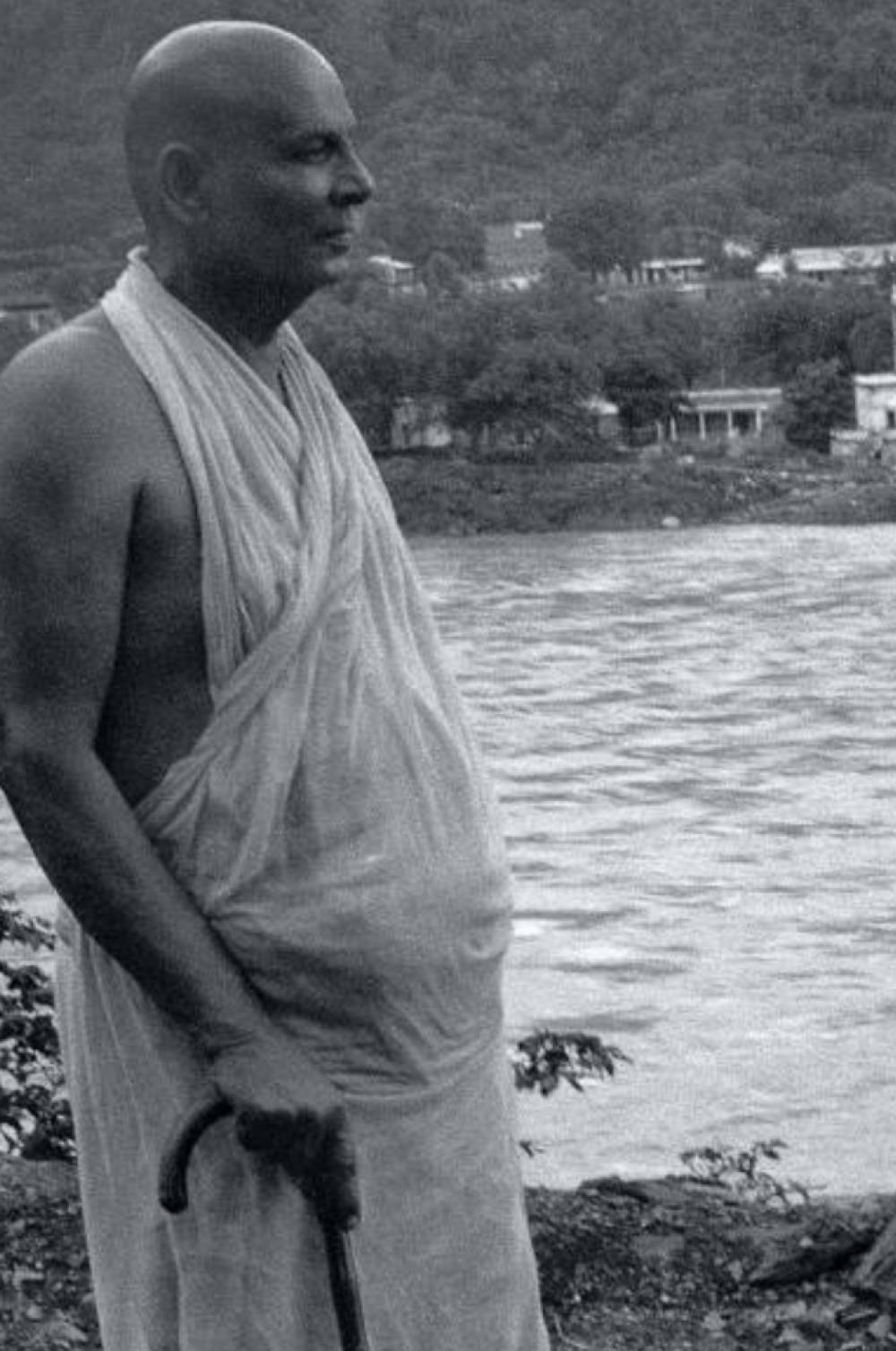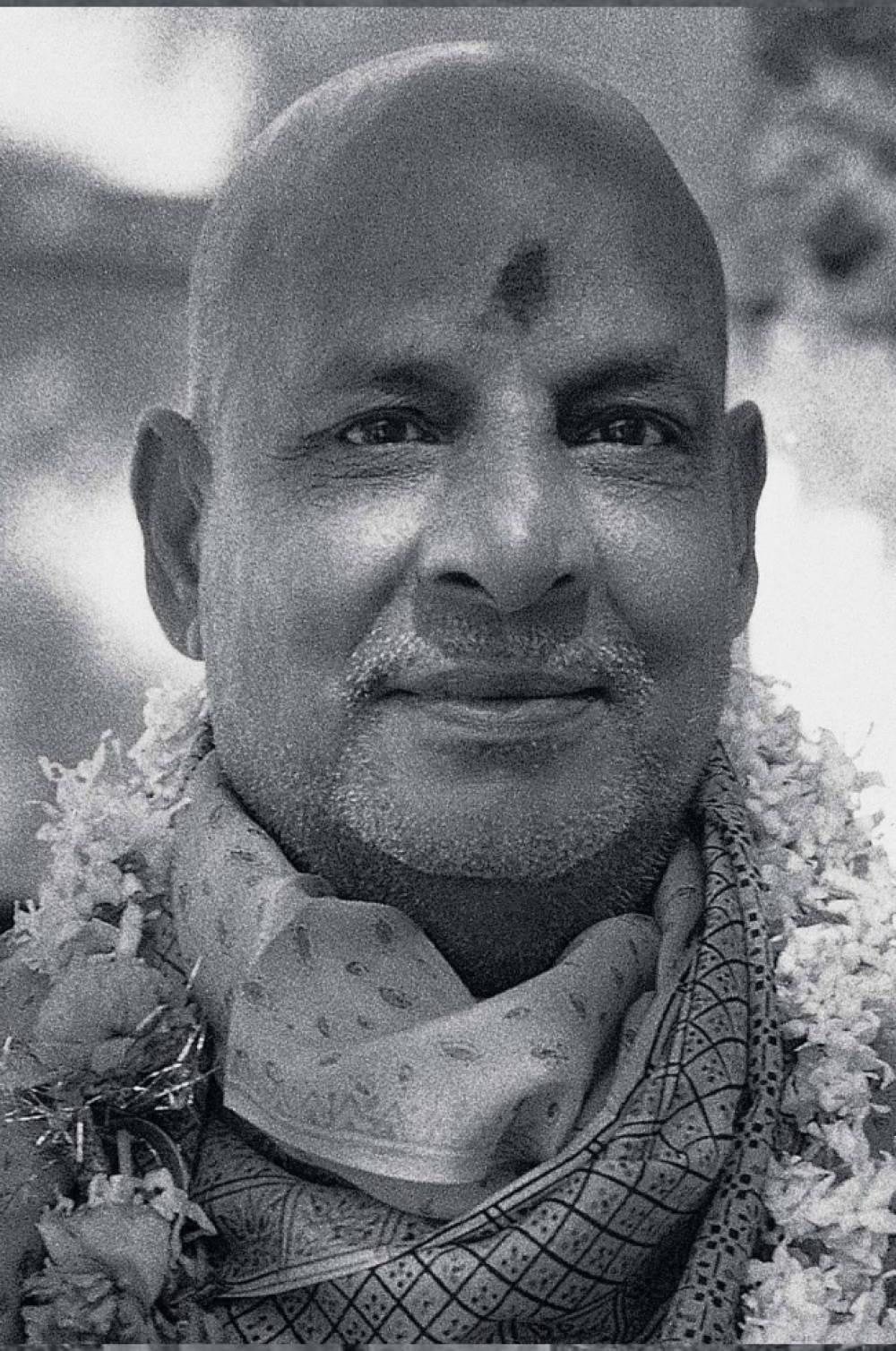A Raja Yogi slowly ascends the Yogic ladder along the eight steps, viz., Yama, Niyama, Asana, Pranayama, Pratyahara, Dharana, Dhyana and Samadhi. He gets ethical training in the beginning to purify himself by the practice of Yama and Niyama. Then he steadies his posture, Asana. Then he practises Pranayama to steady his mind and purify the Nadis. Then by the practice of Pratyahara, Dharana and Dhyana he gets Samadhi. Through Samyama he gets different Siddhis. He restrains all the mental modifications that arise from the mind.
Hatha Yoga concerns with the physical body and control of breath. Raja Yoga deals with the mind. Raja Yoga and Hatha Yoga are interdependent. Raja Yoga and Hatha Yoga are necessary counterparts of each other. No one can become a perfect Yogi without a knowledge of and the practice of both. Proper Raja Yoga begins where properly practised Hatha Yoga ends. A Hatha Yogi starts his Sadhana with his body and Prana, while a Raja Yogi with his mind; a Jnana Yogi with his Buddhi and will. This is the chief difference. To get success in Raja Yoga, one should have a thorough knowledge of the mysteries of the mind and the way by which it is controlled.
The student of Hatha Yoga should try to awaken the Kundalini Sakti that lies dormant in the Muladhara Chakra by Asana, Pranayama, Mudra and Bandha. He should try to unite the Prana-Apana and send the united Prana-Apana through the Sushumna Nadi. Heat is increased by retention of breath and Vayu ascends up along with Kundalini to the Sahasrara Chakra through the different Chakras. When Kundalini is united with Lord Siva at the Sahasrara Chakra, the Yogi attains Samadhi and enjoys supreme peace, bliss and immortality.

